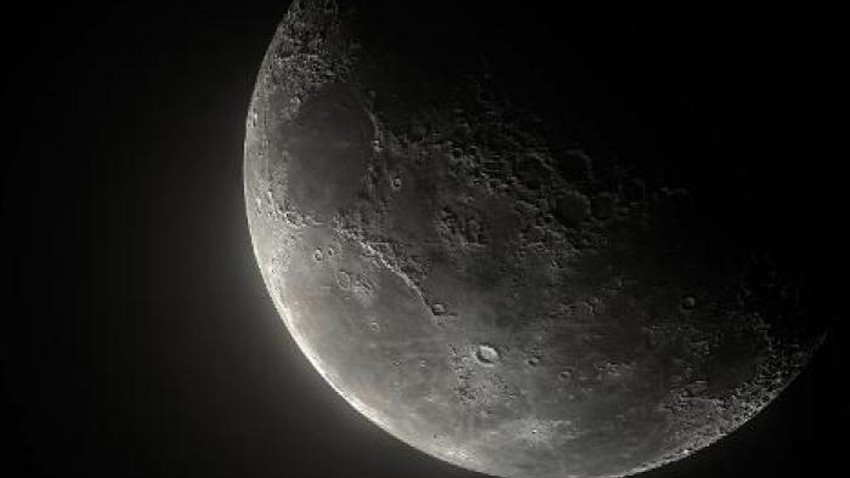Add one more crater to the long list of pockmarks on the lunar surface.
According to orbital calculations, a rocket hurtling through space for years crashed into the Moon today (Friday), but the strike wasn’t directly observed, and there might be a wait for photographic evidence, Phys.org reports.
The impact would have taken place at 7:25 am Eastern Time (1225 GMT), on the far side of the Moon, said astronomer Bill Gray, who was the first to predict the collision.
Racing through the cosmos at around 9,300 km/h, the roughly 3,600-kilogram object should make a crater “10 or 20 metres across,” Gray told AFP.
Its speed, trajectory, and time of impact were calculated using Earth-based telescope observations.
“We had lots of tracking data for the object, and there is nothing acting on it except the forces of gravity and sunlight,” Gray said, with the latter pushing the cylinder gently away from the Sun. “Unless the object was removed by an occult hand, it hit the Moon this morning.”
The identification of the rocket has been a subject of debate, since there is no official entity responsible for listing and tracking junk in deep space.
Gray, an independent contractor who has created orbital calculation software used by NASA, hunts for and monitors human-made debris, so that scientists do not confuse it for asteroids and study it unnecessarily.
He initially thought what he was seeing was a SpaceX rocket, but later changed his mind and said it was a third-stage booster of Chang’e 5-T1, launched in 2014 as part of the Chinese space agency’s lunar exploration program.
Beijing denied responsibility, saying the booster in question had “safely entered the Earth’s atmosphere and was completely incinerated.”
But according to Gray, the statement by China’s foreign ministry conflated two missions with similar names, and was actually talking about a rocket launched much later.
Whatever the case, only NASA’s Lunar Reconnaissance Orbiter and India’s Chandrayaan-2, both of which orbit the Moon, will be able to capture images of the crater.
According to Gray, both probes are able to observe any region on the Moon once a month.
It’s not unusual for rocket stages to be abandoned to the cosmos after serving their purpose of launching spacecraft.
But this would mark the first time an unintentional collision with the Moon has been projected.
Spacecraft have been intentionally crashed into the Moon before for scientific purposes, such as during the Apollo missions to test seismometers.
https://phys.org/news/2022-03-scientists-rocket-moon-mph.html


